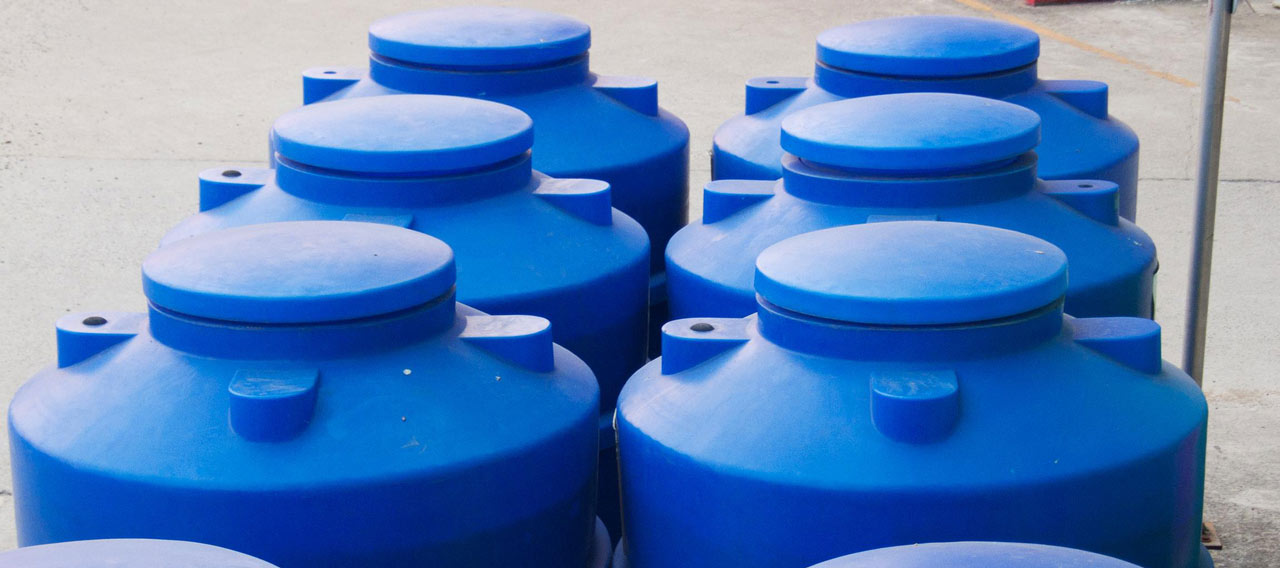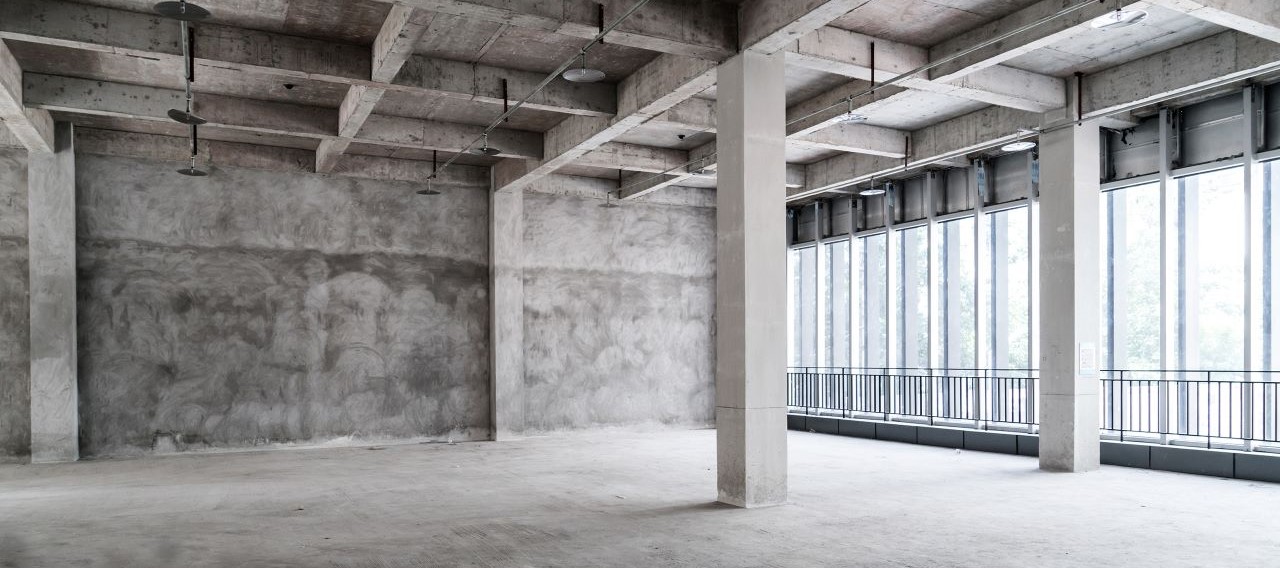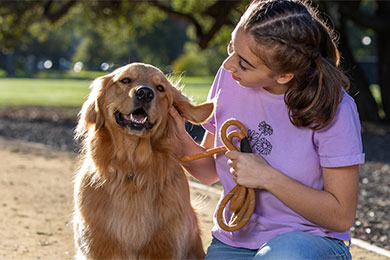Animal research facilities are complex sites, requiring detailed design and stringent operational requirements. These facilities vary significantly in size and scope, ranging from farm-type buildings to complex and modern structures.
The type of activity also varies considerably, from breeding sites to complex multi-generation experimentation. The regulatory framework for vivaria also ranges considerably depending on the laws of each country. This resource references the regulatory framework and industry association guidance in the US.
Facility design
When choosing new vivaria it is important to pre-plan. A starting point is to have a firm understanding of the planned activity within:
- The type of work that will be carried out.
- The species that will be held on site, considering how their number, size, and behavior patterns affect the planned work activity and, most importantly, the animals' welfare needs.
- The potential need for future expansion or the possibility of revised site activity.
These factors will determine the environmental requirements and welfare/risk factors that need to be considered, including:
- Animal management and movement around the site
- Animal housing
- Animal welfare and environment, e.g., heating, cooling, humidity, lighting, food, and bedding
- Waste management
- Cross-contamination prevention
- Perils such as floods, hail, wildfires, earthquakes, etc.
Location
When choosing a location for the site and the construction type, the following should be considered:
- The risk of flooding at the site, with prior reference to flood mapping as a good starting point.
- The importance of avoiding below-grade activity to prevent flooded rooms or drowned colonies.
- The potential for neighboring premises to increase fire exposure to the site, necessitating consideration of external fire separation.
- The proximity of the site to a fire department to ensure a timely response to any emergency events.
The premises and fit-out
Once a site is acquired, it is important to build it to a standard that meets relevant building codes, any regulatory requirements, and is mindful of human and animal welfare. Discussing the build with the insurer is certainly good practice, both to benefit from their advice, and to ensure that insurance terms are not adversely affected.
- Ideally, construction should be of fire-resistive or masonry non- combustible materials.
- Install rated fire separations between vivaria and other areas of the building/structure. Concrete panels or masonry (concrete block) separations are preferred, with rated UL Listed door and frame assemblies.
- Non-combustible wall and ceiling panels that can withstand high humidity and pressure washing.
- Avoid wall or ceiling panels with combustible insulation. Fire- rated panels are suggested.
- There should be adequate and appropriate access and containment for animal entry/exit.
- Areas with an increased fire load (e.g., bedding and feed areas) should be separated from animal stock and areas of equipment that may be vulnerable to contamination.
- Cage size and configuration should be appropriate for the species and research protocols.
- Automatic watering systems should have water circulation pumps tied to backup power.
- The valves from which the animals drink should be designed to fail safe/shut and cannot get stuck in the open position.
- Ensure adequate controls for potential animal escape.
- Vermin protections and protocols should be in place.
- If there are biosecurity areas required, they should be designed to the appropriate biosecurity level, with quarantine areas and suitable barrier protection containment SOPs in place.
Infrastructure considerations
Vivaria require specific infrastructure arrangements to both protect the work undertaken and ensure animal welfare. Consideration should be given to the following:
- A minimum of N + 1 plant redundancy is regarded as the norm.
- There should be emergency power and backup systems to maintain all critical functions during power outages. Generators on site should be on a service contract, be on auto-start, have at least 6 hours of fuel, be subject to planned preventative maintenance, and be load-tested regularly.
- Air filtration and ventilation systems should be in place to provide appropriate air quality and a stable environment while minimizing contaminants. Additionally, ensure adequate ventilation within cages/enclosures, as well as directional airflow to mitigate the potential for contamination.
- Consider whether animal housing rooms should have individually ventilated cages (IVC) systems for optimal air quality, as well as adjustable lighting cycles to mimic natural day/night patterns.
- The cage washing and sanitation area should have dedicated equipment and adequate, appropriate drainage. Wastewater effluent should be collected and treated separately.
- For all plant and systems, there should be a planned preventative maintenance system in place.
Fire protection
In vivaria, fire protection is critical, with early detection and suitable suppression being very important. Protection should adhere to specific codes such as NFPA 150, which provides life and safety requirements for both humans and animals in all types of animal housing facilities.
Fire and the resultant by-products of combustion are a primary source of property loss, affecting both confined animals and those in a controlled environment. A small fire can quickly compromise controls and endanger research or associated activities. The following should therefore be considered:
- Sprinkler systems are highly effective for fire suppression, activating automatically to control fire spread. Ensure cages can drain water to prevent drowning, and avoid below-grade facilities. Consider a pre-action system to reduce accidental discharge, and consult a sprinkler company for the best system for the environment.
- An available and adequate fire water supply should be considered and designed during the construction phase. Appropriate maintenance and monitoring should be in place to ensure the ongoing adequacy of the water supply.
- Install a suitable fire detection system for the environment, considering smoke, heat, or air-aspiration detection. Ensure notification systems are in place for both occupied and unoccupied hours, with visible alarms if siren noise is harmful to animals. Consult the installer for the best options for vivaria.
- Implement controls in the Building Management System (BMS) to respond to a smoke condition, such as by opening dampers for full air and smoke exhaust.
- If possible, emergency evacuation procedures should be in place for the animal stock.
Security
The level of security required will be dependent on the location of the facility, potential internal and external security threats, the species, and the nature of the experimentation. A remote site, such as a farm, presents a very different risk compared to a modern inner-city site. Every location should be risk-assessed on its own merits.
- Perimeter fencing – Fencing feasibility should be assessed given the size of the site, along with recommendations for the type of fencing and the most effective height.
- Video Surveillance (CCTV) – Camera protection, linked to either on-site or off-site monitoring can be a good deterrent.
- Intruder Alarm – As with CCTV, a monitored alarm, with a good level of perimeter protection, as well as coverage for animal rooms and critical equipment is a key defense.
- Access Control – Should be allocated on a need to be in the area basis, with restricted access to all but necessary personnel.
- Security Guards – On-site with multiple guards during all hours is a positive risk feature.
- Personnel Vetting – All employees should be security cleared before being allowed on site, with 100% reference checking completed. Similarly, all contractors and visitors should be either reference checked or always accompanied.
- Animal Vivaria and Procedure Rooms – These should be located along interior walls with no exterior windows to enhance security.
Management of risk
Risk management for vivaria should emphasize the importance of risk mitigation and prevention for animal health, personnel safety, and research/data integrity.
- There should be animal-specific contingency plans: The Animal Welfare Act requires that all facilities that house animals, including research facilities, have a written contingency plan.
- As part of a strong insurance program, developing accurate animal valuation, accumulated R&D investment, knowledge regarding the replacement cost of animals, and business interruption exposure potential are all beneficial and important components of risk management.
- Implement a Change in Controlled Environment (CICE) Program to address exposures pertaining to important tissue samples, pharmaceuticals, master cell lines, and reproductive materials.
- Implement a Change in Controlled Environment (CICE) Program to address exposures pertaining to important tissue samples, pharmaceuticals, master cell lines, and reproductive materials.
- The program should include components such as confirmation of remotely monitored temperature alarms; automatic self- starting emergency power; preventative maintenance for critical equipment; an active employee call list trained to handle temperature emergencies; and emergency contracts with qualified vendors.
- Consider cryopreserving reproductive materials for sensitive breeding colonies.
- Ensure an emergency response plan is in place. Include collaboration with local fire departments to ensure they are familiar with the facility layout and animal care procedures, as well as appropriate staff training so that all staff have a good understanding of fire safety protocols.
Importance of vivaria design
Vivaria are specially designed areas or buildings that accommodate extensively controlled environments, presenting multiple property-related exposures. A well-designed facility, constructed of fire-resistant or non-combustible materials, with redundancy of equipment, well-trained personnel, fire detection and suppression systems, and planned preventative maintenance, is required. Strong risk management programs are imperative in controlling these exposures.
There are several resources available to provide guidance regarding vivaria, ranging from regulatory requirements to building codes, industry associations, fire and security system installers, and, of course, the insurer.
It is important to keep in mind that there are federal regulations that apply, as well as state and local laws that may be applicable.
Association for Assessment and Accreditation of Laboratory Animal Care International (AAALAC), www.aaalac.org/resources/information-for-iacucs/
The Animal Welfare Act, awionline.org/legislation/animal-welfare-act
National Institutes of Health (NIH) Design Requirements Manual (DRM), orf.od.nih.gov/TechnicalResources/Pages/DesignRequirementsManual2016.aspx
Special Security Considerations for Protecting Programs That Use Animals, www.ncbi.nlm.nih.gov/books/NBK500410/
Institutional Animal Care and Use Committee (IACUC), olaw.nih.gov/resources/tutorial/iacuc.htm
The Animal Welfare Act and Regulations (AWAR), https://www.nal.usda.gov/animal-health-and-welfare/animal-welfare-act
NFPA 150: Fire and Life Safety in Animal Housing Facilities Code
Insights and expertise




This document is advisory in nature and is offered as a resource to be used together with your professional insurance advisors in maintaining a loss prevention program. It is an overview only, and is not intended as a substitute for consultation with your insurance broker, or for legal, engineering or other professional advice.
Chubb is the marketing name used to refer to subsidiaries of Chubb Limited providing insurance and related services. For a list of these subsidiaries, please visit our website at www.chubb.com. Insurance provided by ACE American Insurance Company and its U.S. based Chubb underwriting company affiliates. All products may not be available in all states. This communication contains product summaries only. Coverage is subject to the language of the policies as actually issued. Surplus lines insurance sold only through licensed surplus lines producers. Chubb, 202 Hall's Mill Road, Whitehouse Station, NJ 08889-1600.










